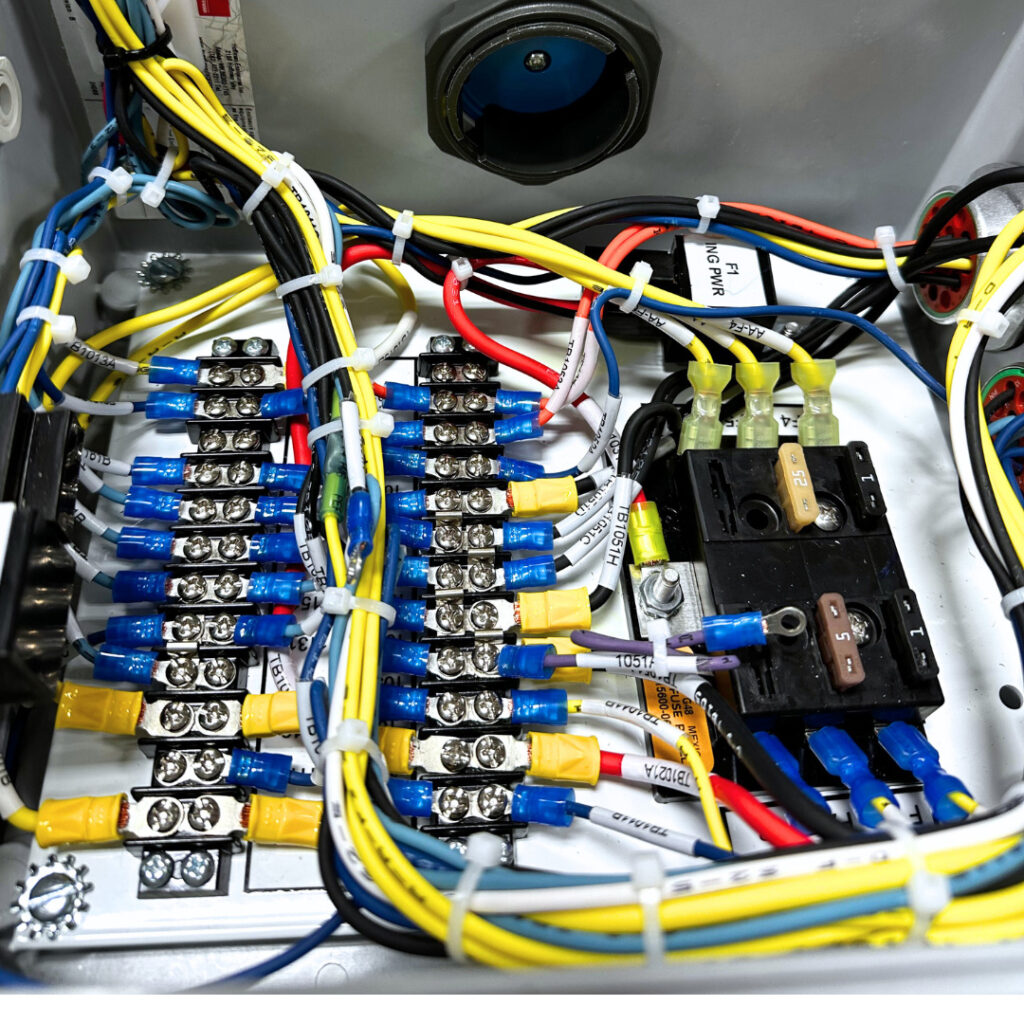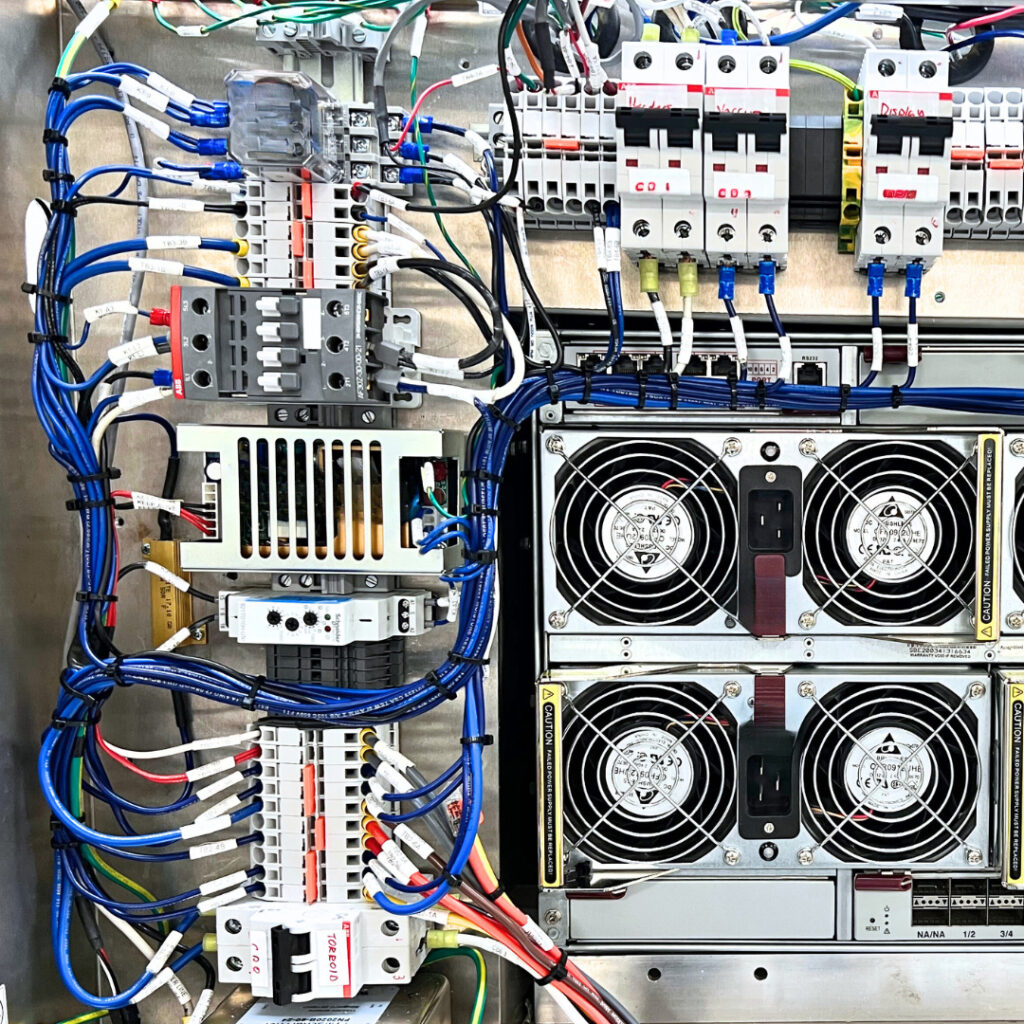Box Builds Made Simple
With solutions like efficient labeling to automated assembly and component sourcing, we’re here to make the process smooth and hassle-free.
Get a Quote
To request a quote or contact us, please complete the form below and we will get back to you within 1 business day.
*Please note that we have an MOQ of 50 pcs*
If you are uploading a large file, the form could take some time to submit.







